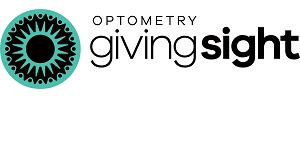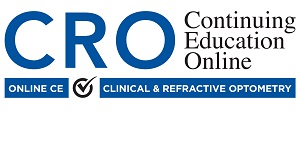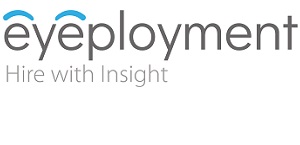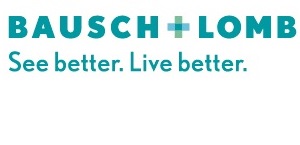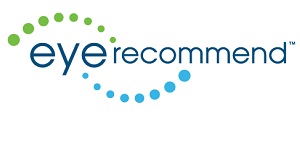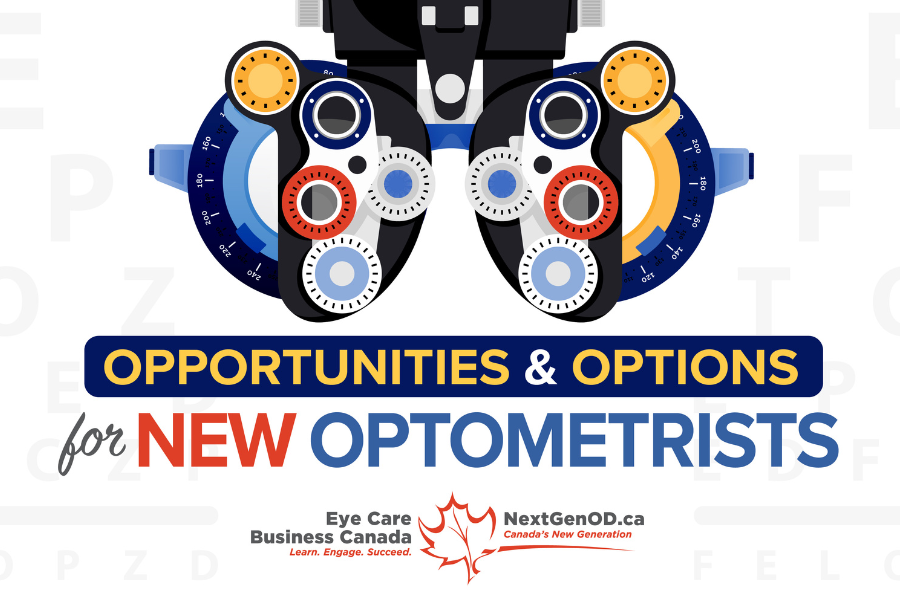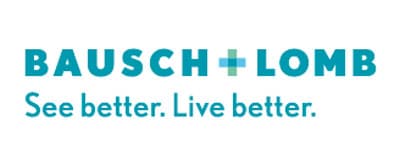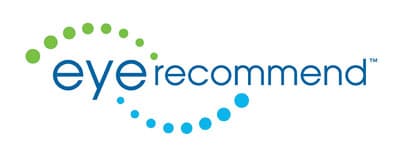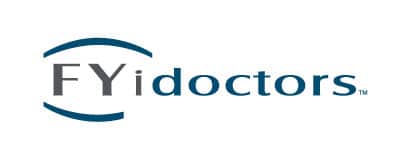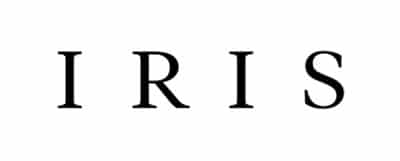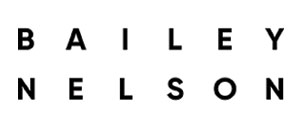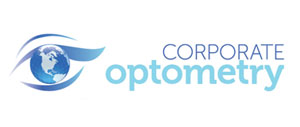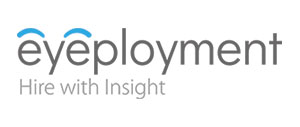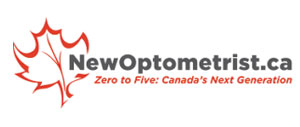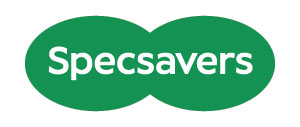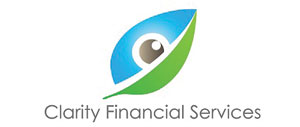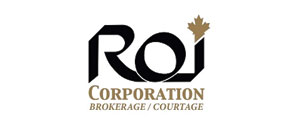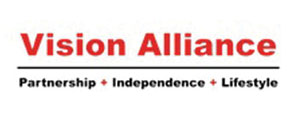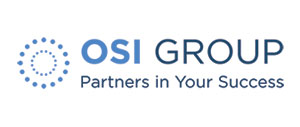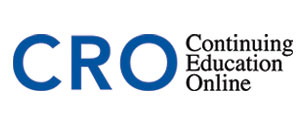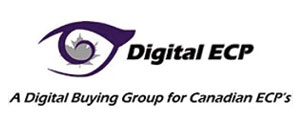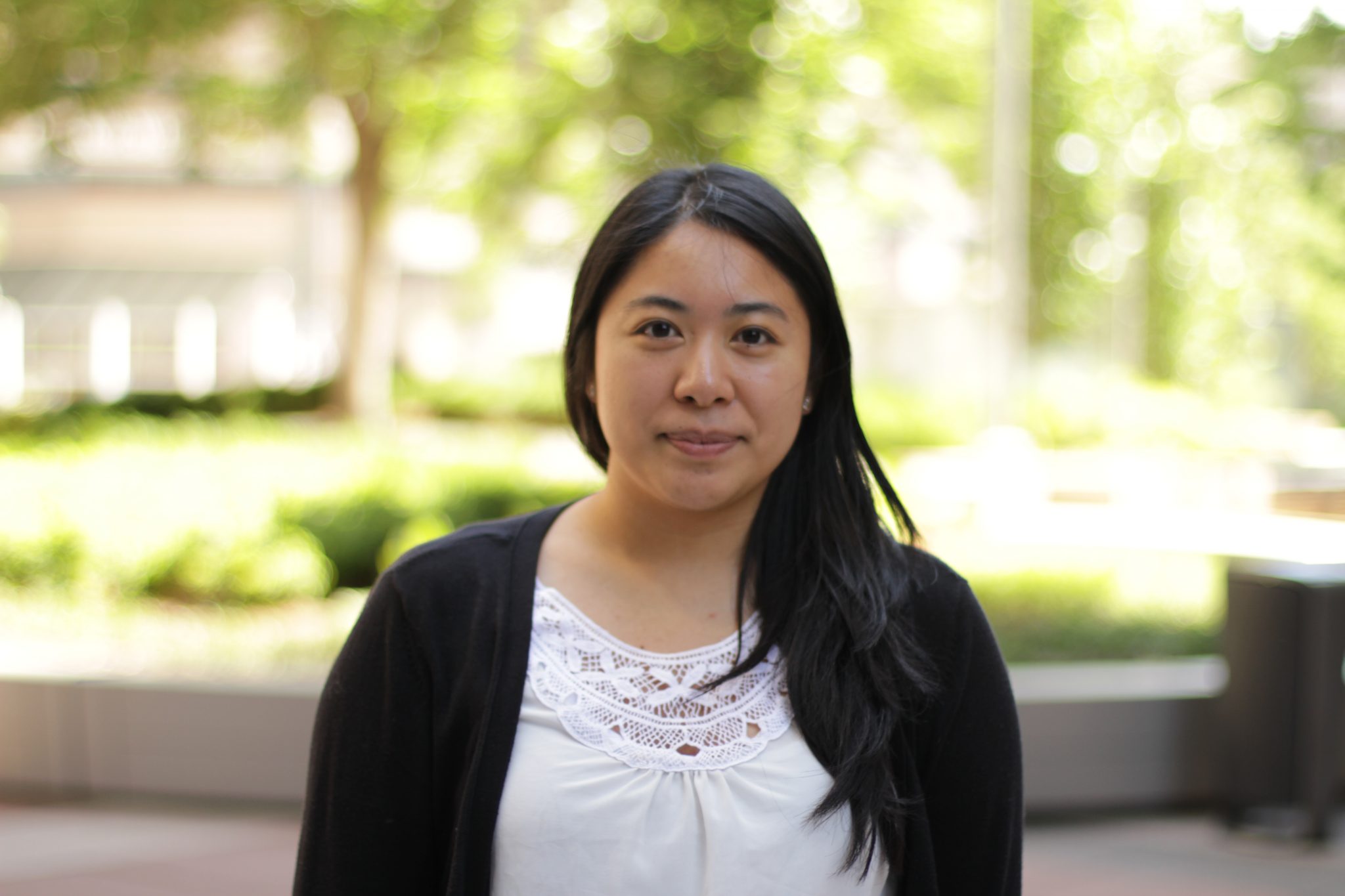
Have you ever played a game in one of those modern VR headsets? To the outside world it appears you are swinging wildly at ghosts because on the inside you are swinging wildly at ghosts?!
Well, get ready because VR headsets have become mainstream in optometry offices. The greater mobility of the testing equipment has led to potential for better office and workflow efficiencies and greater patient accessibility.
In the Lane Testing
Having multiple exam lanes for each optometrist improves patient flow, reduces patient waiting times and allows for greater efficiency at deploying medical personnel. Instead of the optometrist waiting for a patient to be “set up” in the exam room, the doctor can be examining a patient in the other room. This efficiency translates to better revenue per doctor day (and improved compensation) as well as improved bottom line net profitability. With the advent of in-lane VR headset testing a patient can “start” the pre-exam testing in the comfort and privacy of an exam lane.
Consistency and Reduced Staff Time
The VR headsets allow for a “virtual” technician that guides the patient through the testing process. This provides a consistent process with consistent education and testing instruction provided to each patient. A patient can be “left” in the exam room and run the testing on their own. As patient testing autonomy becomes more commonplace, the process will become an expected part of the testing and patient education during the eye exam. In many multi-doctor optometry offices, the pretest room has become the bottleneck for office patient flow. The advent of advanced scanning such as OCT and super wide-field fundus photography has changed the optometrist’s role from data gathering to data analysis and treatment plan formulation.
AI and Data Analysis
With the advent of artificial intelligence and machine learning, the opportunity to provide AI Insights for optometric practitioners is now here. Universal VR testing platforms can easily send data and testing results to cloud based telehealth platforms for analysis and AI insights as a adjunctive practitioner support to the patient treatment plan. RetinaLogik is a Canadian based VR headset that is using AI to support practitioners in the care of their patients.
Cloud-based data management companies can further provide objective feedback and AI insights. Care1 is a Canadian telehealth company that has developed objective drusen volume computations. This will allow for treatment analysis as new technologies for the treatment of dry AMD become available for patients inside optometric settings.
Binocularity for All with Marketing Support
Neurolens has recently launched their mobile VR headset N3, which provides the ability to run phorias and fixation disparity via a VR headset. The interesting aspect to their set up is that optionally the patient can learn more about solutions and opt in to further discussions with their optometrist and optometric staff. This makes the sales process more streamlined and consistent. One of the powerful realizations of VR testing is the “wow effect” that patients experience during the testing process. This increases the perceived value of the eye exam and improves capture rates and patient retention.
Future Applications
Many of the software companies that offer virtual reality testing are using the same hardware headset. This may lead to future consolidation so multiple pre-exam tests can be provided without changing headsets. The potential for patients to further streamline the examination process exists in that patients could come in for technician standalone pretesting to improve the exam day workflows. Testing remote populations and at-home testing are becoming a likely outcome with these new mobile technologies. In our offices we see the opportunity to reduce patient logjams in pre-exam on the fly. Technicians can decide to run visual acuity testing, visual fields, colour vision, and other testing away from the pretesting room to reduce patient wait times. The time to welcome VR testing in our optometric offices has arrived!
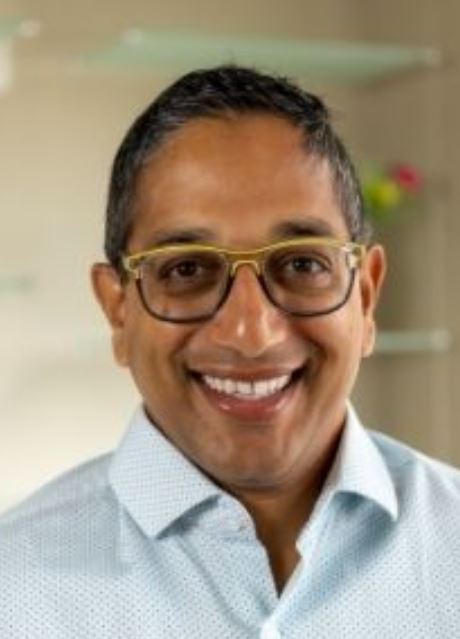
DR. TREVOR MIRANDA
Dr. Miranda is a partner in a multi-doctor, five-location practice on Vancouver Island.
He is a strong advocate for true Independent Optometry.
As a serial entrepreneur, Trevor is constantly testing different patient care and business models at his various locations. Many of these have turned out to be quite successful, to the point where many of his colleagues have adopted them into their own practices. His latest project is the Optometry Unleashed podcast.


